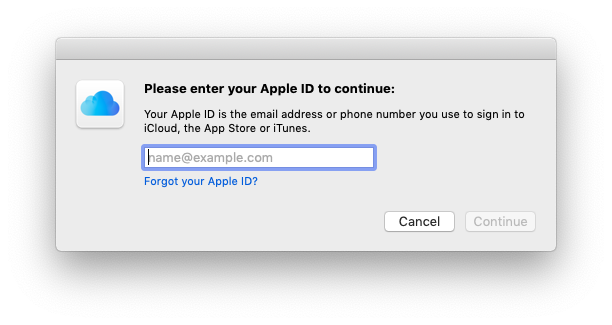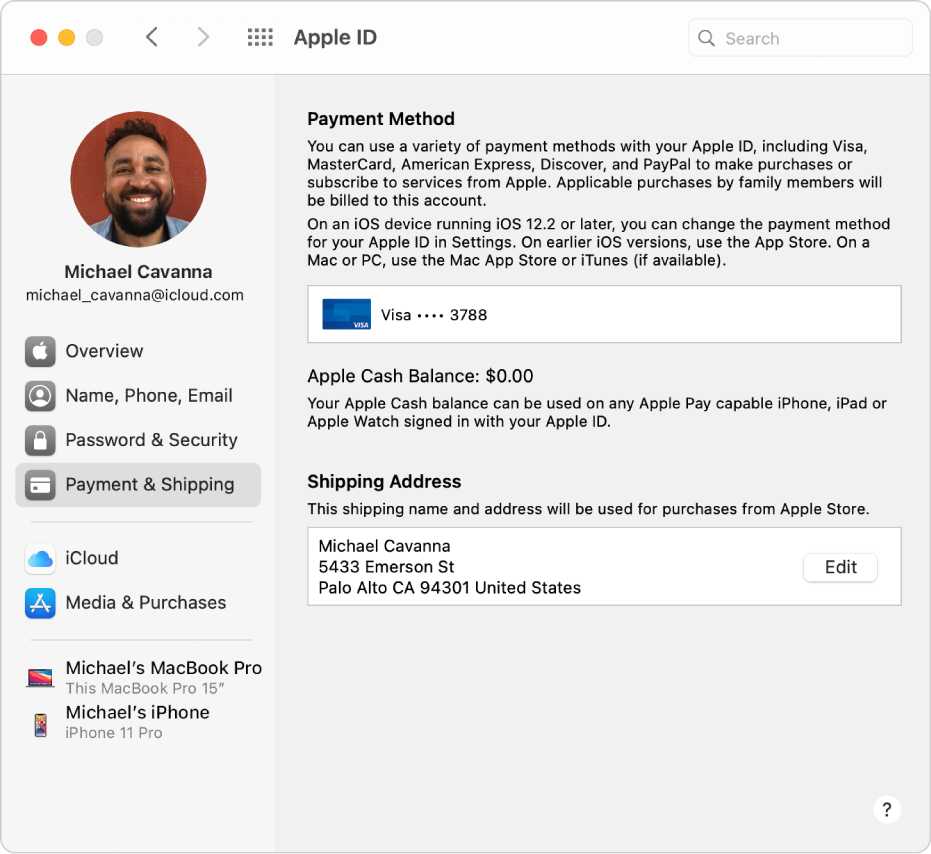

The way a burrito chain or credit app emails consumers has often gone something like this: Marketers can use tracking pixels inside emails to give them an idea when someone actually opens that message.
#Change email for apple id on mac software#
The changes, expected to arrive with software updates in the fall, are forcing marketers and publishers who use email to reach their subscriber base to rethink some of the ways they've measured, monetized or used email.Īs a result, consumers might eventually notice a difference in the marketing emails they're getting - and may see brands reaching them in other ways outside the inbox, like texting. That means a significant portion of marketing emails that get sent out every day may be tougher for senders to get data on. IPad email opens also accounted for a little more than a percent. Google's Gmail came next at 27.2%, and Apple Mail (on desktop) at 11.5%.

But they do account for a large proportion: An analysis of 3 billion email opens in January through March from email marketing company Litmus found Apple on iPhone held the biggest share of email opens, at 38.9%. Of course, not every email user uses Apple email products.

Finally, a feature called "Hide My Email" will let users share "unique, random" email addresses that can forward to their personal inbox, which they're able to delete to control who contacts them. There's also a feature called "Private Relay" for subscribers to Apple's iCloud storage service iCloud+ that would hide IP addresses. The company will give its users the option to do away with tracking pixels, or small images that email marketers use to tell if you actually opened an email.


 0 kommentar(er)
0 kommentar(er)
